 Slideshow: Political Participation
Slideshow: Political Participation
America’s political culture values political participation and Americans express very high levels of pride in their democracy.
Click on the images below to learn more about various ways Americans participate in the political process.
-
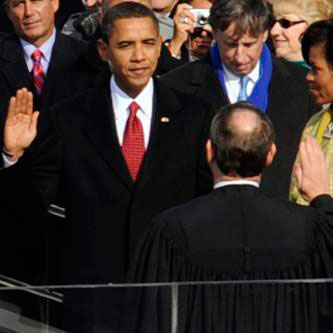
Political Participation
Barack Obama, shown here, is sworn in as the first African American President in United States History. Only 51 percent voted in the 2000 presidential elections. However, in the 2008 presidential election, national debt, war, and other current affairs brought out a record number of voters, estimated at around 62 percent of those eligible to vote. This record level of voter participation had not been recorded since the 1960s. The United States has a participatory political culture with several options for taking part. In general, there are two categories of political participation, conventional or unconventional.
-
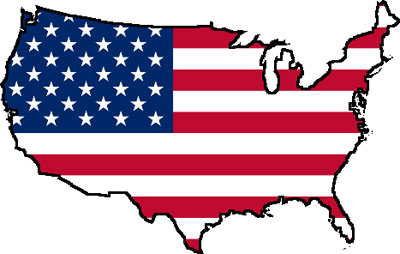
Conventional Participation
United States Citizens are fortunate to have access to many levels of political participation. The key choices in conventional participation are voting, running for office, and lastly, persuading others through petition or media. This kind of participation works within the system to bring about change.
-
Voting
A long line of waiting voters, pictured here, forms outside of a Brooklyn polling station for the 2008 presidential election. The level of voter participation was the highest it has been in the United States in over 40 years. Voters who were surveyed during the 2008 election stating overwhelmingly that they could not wait to cast their vote and see the outcome of the presidential election.
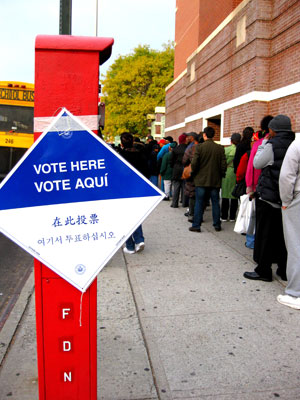
-
Running for Office
Shown here, Alaska Governor, Sarah Palin, was the second woman in history to be nominated by a major political party. She ran unsuccessfully as the Republican vice-presidential nominee in 2008. Geraldine Ferraro was the first woman to be nominated by the Democratic party in 1984. Palin was known infamously as proving the notion that anyone can run for office in the United States, even a person with limited political experience.
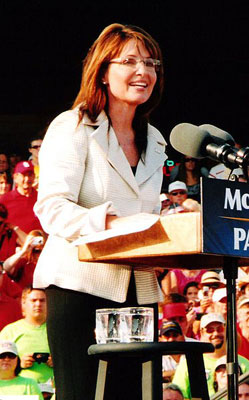
-
Persuading others through Petition or other Media
Activist, Ralph Nader, shown here, speaks out against corporate control of politicians as he protests being shut out of the debates. Mr. Nader is exercising his civil rights to espouse his opinion in a public forum, in hopes of persuading others to join his fight.
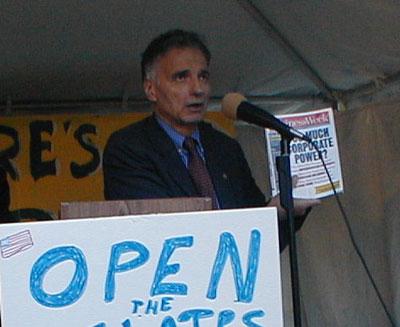
-
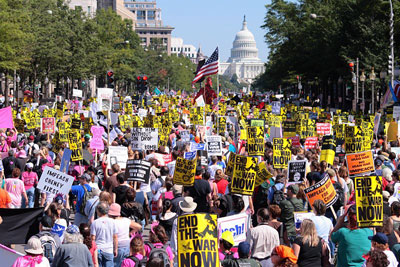
Unconventional Participation
The focus of unconventional political participation in the United States consists mainly of protesting, civil disobedience, or, in extreme cases, violence. This means of participation often uses dramatic demonstrations to bring attention to a particular subject. In 2007, thousands of protesters, pictured here, marched towards the capital in Washington D.C. demonstrating against the war in Iraq and against general U.S. war policy.
-
Protesting
A citizen, pictured here across the street from the White House, protests global warming. Although unconventional, dramatic protests often grab the attention of the public and the media, instigating change.

-
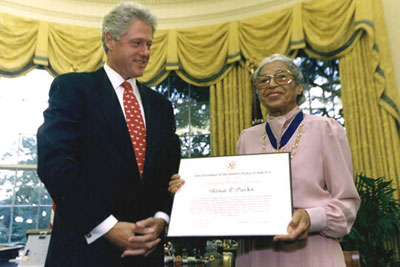
Civil Disobedience
Non-violent civil disobedience was an effective tool during the civil rights movement. Individuals chose to break laws they found to be sexist, racist, or unfair in order to bring focus to these laws. Rosa Parks, pictured here with President Clinton, refused to sit at the back of the bus, breaking an unfair racial law. Her actions brought attention to the ridiculous law and fueled a civil movement across the nation to eradicate such laws.
-
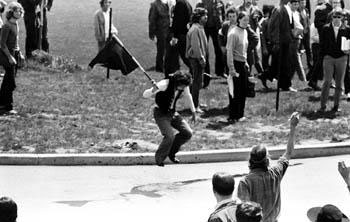
Violence
On May 4, 1970, four college students were shot and killed and others wounded by the Ohio State National Guard on the Kent State campus following a Vietnam anti-war protest. Two of the victims were protesting, while the other two were shot while walking between classes. The violence led to citizen outrage and the closure of several college campuses.








